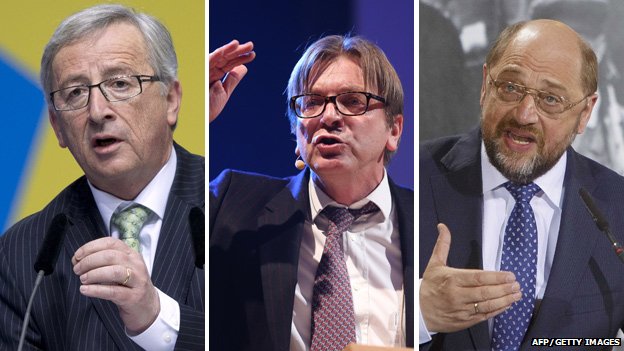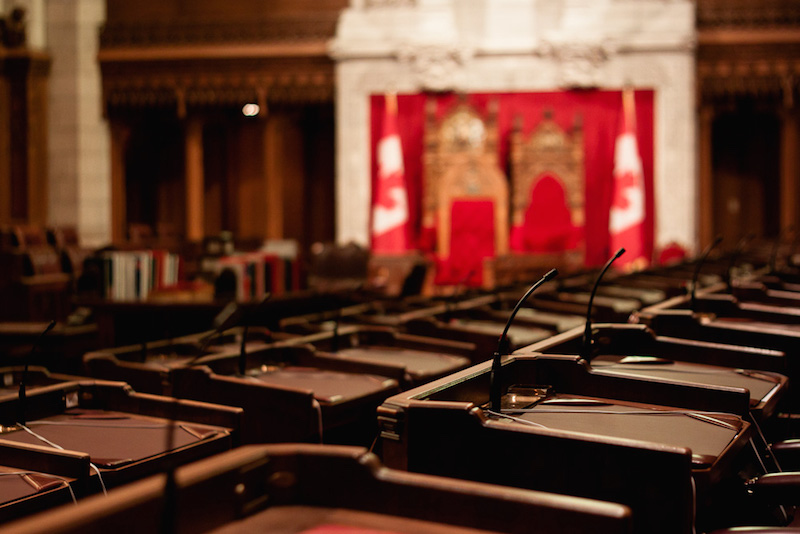Despite the world being interconnected in a way it has never been, civilization finds itself torn apart by civil strife and disagreement. “Polarization” is the word of the day, and it has hit Canada hard.
Recent years have seen the issue reflected in the rise of hate crimes, distrust of the government, and general violence. Canadian society is becoming less stable, less safe, and above all, divided. Social polarization is growing, and slowly approaching that which is visible in the United States, where the parties have become so split that concerns have arisen that the next presidential election may be a major step in sparking a second civil war.
The USA is a case study in political divides taken to ever greater destructive potential, manifest in how it has fundamentally affected the function of democracy and law in the country. The last decade has seen the American populace fall into nearly absolute distrust of their government, their leaders, and their electoral system. The country has been completely fractured along party lines, to the extent that Democrats and Republicans ubiquitously believe that members of the opposing party are less intelligent, less moral, and less honest than members of their own. Lack of faith in their fellow Americans is at an all-time high, and the heated rhetoric that has appeared on the approach to the 2024 election is gasoline on an already burning fire.
This is deeply concerning, as when the United States sneezes, Canada catches a cold. The difficulty in considering the Canadian situation comes from defining precisely what a polarized nation is. If examined through a traditional lens, where polarization stems from divides in political opinions, Canada appears politically healthy. Voters remain largely in agreement concerning issues deeply divisive in other Western nations, such as abortion, vaccines, and immigrants. However, the political atmosphere of the country is undeniably hostile and only growing more so, with developing polarization topping the list of issues that frighten voters. The parties have grown more partisan, and Canadians have followed, becoming certain that only “their team” can safeguard Canada. Additionally, for the first time in Canadian history, the gap between the left and right parties is becoming notably larger, although the general trend is still an aggregate movement towards the left on political issues. This indicates that while the country is becoming increasingly split, the source of it does not lie in direct political disagreement, making it difficult to definitively declare that the country is divided.
The Institute for Integrated Transitions has recently published a paper in which they established an alternative, hallmark-based framework for determining whether or not countries are polarized. In their view, there are eight defining factors to polarization: distance, binary, critical mass, centrifugal, horizontal, impermanent, threat, and othering. Of these eight abstractions, Canada’s current situation directly involves five, centrifugal, scale, feedback loops, identity, and simplification. These particular hallmarks are visible, respectively, in the growing dogmatism of political beliefs, the rapidly increasing scale of protest actions, the development of “us versus them” binary thinking, the growing hostility of identity politics, and the combativeness of in-group and out-group discourse. To break down the issue, while Canadians do not necessarily disagree on most major issues, they are becoming increasingly hostile towards the political other, despite maintaining a consensus about political fundamentals.
This is particularly visible in a case study of Covid-19 in Canada, specifically, the protests that came about as a reaction. The 2022 “Freedom” Convoy protest served as a proxy for a portion of the population’s general frustration with the pandemic and the government’s response to the virus, and thereby became one of the largest series of protests and blockades in Canadian history. While both sides disagreed, it was a disagreement based more on the nature of the protestors’ actions, rather than their attitude towards the government, lockdowns, and vaccines. When asked, many even expressed sympathy with the protestors’ views, but thought the method of protest itself was wrong. Despite this, the entire series of events was characterized by vitriolic, dogmatic rhetoric, with neither side engaging with points made by the other, instead favouring an alienating, populist approach, most notably seen in some protest members claiming the government was made up of Nazis or communists, depending on the action being criticised. Sensationalist reporting further harmed the situation, with right-wing reporters being “like oxygen to the protestors,” and left-wing reporters being harassed and even assaulted, all giving rise to two opposite views of the movement, which persist today.
This phenomenon can be attributed to two factors: sensationalist media and its consequences. It is long-since proven that drawing attention to negativity, violence, and fear-mongering generates a larger amount of viewer interest and retention than providing an unbiased perspective. Additionally, people confronted with the worst aspects of reality on a regular basis tend to become more politically polarized, less trusting of institutions, and generally less empathetic. Consequently, this leads to them making increasingly radical demands of their political representatives, reflecting what they believe to be happening, forcing those same representatives to then become increasingly radical in order to maintain their voter base. “Far and Widening, the Rise of Polarization in Canada,” a report published by the Public Policy Forum in 2023, provides a living example of this. In the paper, an anonymous Conservative MP stated that Conservative MPs, as a whole, have grown afraid of their own members because of them moving the agenda of the party more and more into radicalism. All of this leads to a political system falling into a feedback loop where increasing polarization repeatedly generates increasing radicalism until you arrive at a genuine political crisis, where the political left and right are not only divided, but also no longer willing to cooperate with the other side to solve the mutually agreed-upon problems – a process only helped along by the continually incendiary efforts of partisan media.
Now is the time to get ahead of the problem and cut it off at the head. Mainstream sources of media need to preserve journalistic integrity, and continue to avoid the manipulation of the public consciousness for corporate gain. While the Canadian government utilizes the Canadian Radio-television and Telecommunications Commission to ensure access to various mediums, the organisation does not work to maintain quality. The nature of the Commission creates a potential avenue for preventing the decline of news sources. Additionally, it is crucial that political leaders in Canada do not resort to cheap rhetorical tactics, and rather focus on maintaining an ethical framework through which to conduct political campaigns, avoiding corrupting both the electoral and democratic systems of the country. Canada stands at the top of an awfully slippery slope, and now is the time to prevent the fall.
Photo: group of crown rallying on street durign daytime (2018). by Rux Centea via Unsplash License.
Disclaimer: Any views or opinions expressed in articles are solely those of the authors and do not necessarily represent the views of the NATO Association of Canada.





